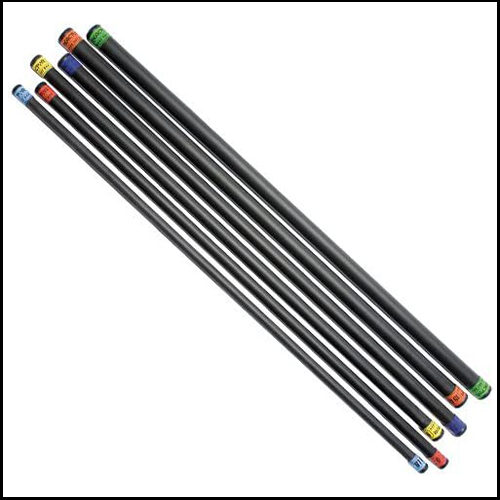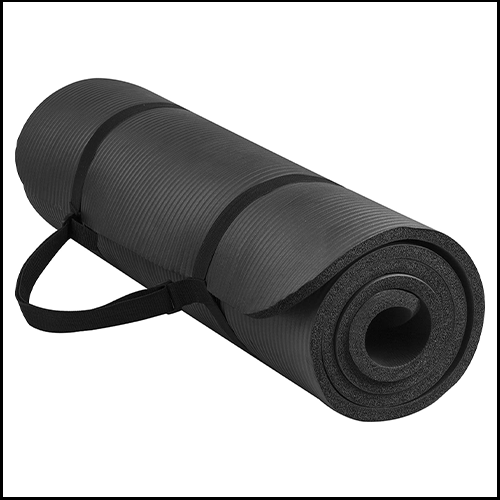-
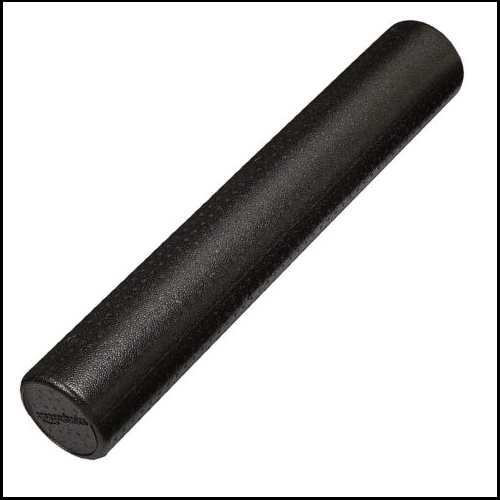
- High density expanded polypropylene with molded edges
- Extra firm – best for intermediate and above Ideal for balance, strengthening, flexibility, and rehab exercises
- Lightweight, easy to clean and transport
- Measures approximately 36 x 6 x 6 inches (LxWxH)
- Maintains shape after moderate to heavy use and is perfect for all body types
-
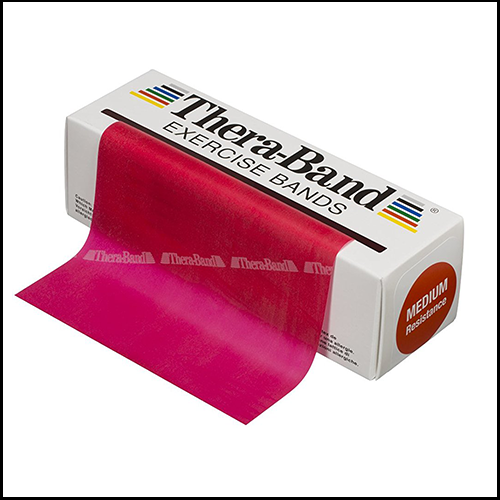
- You can use this 6-yard roll of Theraband to create both a “full length” and a “looped band.”
- Can be used at the crag, in the gym or at home
- Low-cost, portable, and versatile
- Endorsed by the American Physical Therapy Association (APTA), recognized worldwide as the original System of Progressive Resistance.
-

- 3 pairs of dumbbells in 3-pound, 5-pound, and 8-pound sizes. Ideal for resistance and other trainings
- The durable, neoprene material coated cast iron is great for indoor and outdoor workouts
- Neoprene coating on weights allow for a secure grip. The hex shape of the dumbbells prevents them from rolling
- Easy to assemble. Weight stand is included. A assembly tool is included for your convenience too
- All genuine everyday essentials products are covered by a 2-year warranty
-
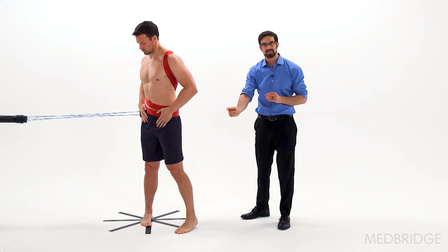 This course will utilize the movement system as a framework to assess the biomechanics of tennis. You will learn how to identify the critical events of the tennis serve, forehand, and backhand. You will then advance your movement assessment skills by integrating specific assessment techniques that correlate with each critical event. Based on your movement observations and biomechanics knowledge, you will then learn how to classify movement dysfunction and provide sport-specific treatments to correct inefficient movement.
This course will utilize the movement system as a framework to assess the biomechanics of tennis. You will learn how to identify the critical events of the tennis serve, forehand, and backhand. You will then advance your movement assessment skills by integrating specific assessment techniques that correlate with each critical event. Based on your movement observations and biomechanics knowledge, you will then learn how to classify movement dysfunction and provide sport-specific treatments to correct inefficient movement. -
 This continuing education course is hosted on the Medbridge platform. It will utilize the movement system as a framework to assess the biomechanics of throwing. You will learn how to classify scapular, humeral, and thoracic movement patterns as they relate to observation range of motion. You will then advance your movement assessment skills by learning the biomechanics and critical events of a throw. Based on your movement observations and biomechanics knowledge, you will then learn how to classify movement dysfunction and provide sport-specific treatments to correct inefficient movement.
This continuing education course is hosted on the Medbridge platform. It will utilize the movement system as a framework to assess the biomechanics of throwing. You will learn how to classify scapular, humeral, and thoracic movement patterns as they relate to observation range of motion. You will then advance your movement assessment skills by learning the biomechanics and critical events of a throw. Based on your movement observations and biomechanics knowledge, you will then learn how to classify movement dysfunction and provide sport-specific treatments to correct inefficient movement. -
 Watch as Dr. Jared Vagy, Doctor of Physical Therapy, University of Southern California teaching faculty, and international best selling author, takes you through the 10 most clinically relevant special tests for the shoulder. This course includes live patient demonstrations combined with anatomical representations of the affected tissues. The integration of test performance on live subjects combined with anatomical visualization helps you learn the special tests in a more dynamic way to aid in your understanding of anatomical relationships.
Watch as Dr. Jared Vagy, Doctor of Physical Therapy, University of Southern California teaching faculty, and international best selling author, takes you through the 10 most clinically relevant special tests for the shoulder. This course includes live patient demonstrations combined with anatomical representations of the affected tissues. The integration of test performance on live subjects combined with anatomical visualization helps you learn the special tests in a more dynamic way to aid in your understanding of anatomical relationships.





